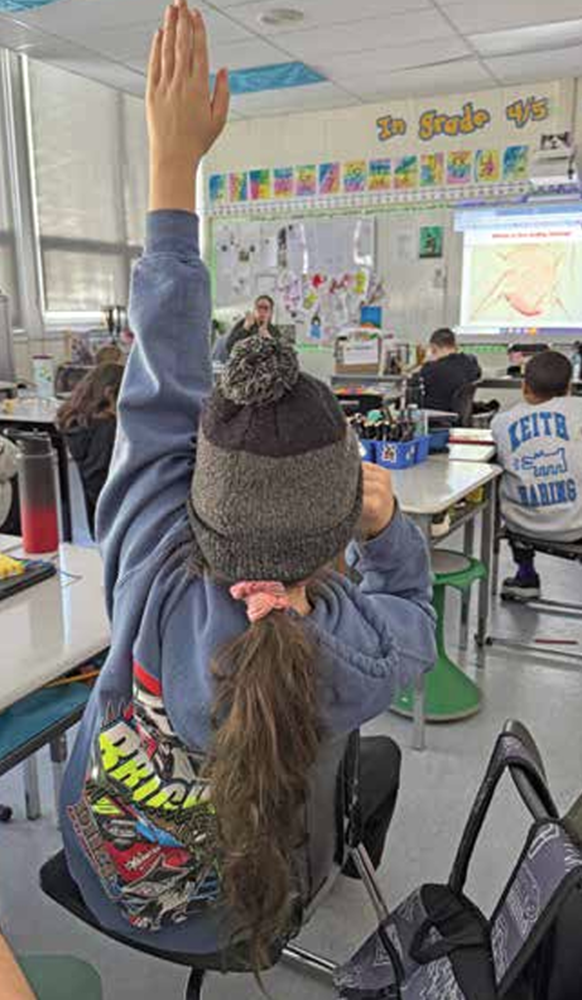Haliburton Highlands Health Services (HHHS) says its Women’s Health Clinic will be bringing a second Pap-a-Palooza event Dec. 16.
This past June, the clinic hosted its first event, completing 25 HPV tests for attached and unattached patients; a key milestone in enhancing access to preventative screening, said Lauren Ernst, chief communications officer for HHHS.
Ernst said the events offer another opportunity for residents to receive timely and essential care.
“We know that women across northern and rural Ontario often face long wait times or must travel great distances to receive care,” said gynecologist Dr. Jennifer Mark, a physician at the clinic.
She added, “our goal is to reduce those barriers by providing compassionate, comprehensive care right here in the community so our patients can get the help they need without leaving home.”
Since opening, the clinic has welcomed patients from as far away as Huntsville, drawn by accessibility and a commitment to patient-centered care, Ernst said.
She added many patients have expressed gratitude for the clinic’s efficient scheduling and ability to provide same-day procedures, such as colposcopies, during their initial consultations. A colposcopy is a medical diagnostic procedure to visually examine the cervix as well as the vagina and vulva using a colposcope. The main goal of colposcopy is to prevent cervical cancer by detecting and treating precancerous lesions early.
HHHS interim president and CEO Jennifer Burns West said, “having this kind of specialized care close to home means so much to our patients. It’s another example of how we’re working to strengthen access to healthcare in the Highlands; helping our residents stay healthy, supported, and connected to care within their own community.”
The clinic is located at the Minden Health Hub at 4575 Deep Bay Rd., using the Urgent Care Clinic entrance. Women’s Health Clinics are held four days per month.
Dr. Mark has a special interest in perimenopause and menopause. She also manages other common gynecological concerns, including irregular bleeding, contraception / IUD, and abnormal cervical screening results. Dr. Mark is equipped to perform various outpatient procedures, including colposcopy, hysteroscopy, Loop Electrosurgical Excision Procedure (LEEP), and IUD insertion and removal.
Patients must have a referral form from their family doctor or nurse practitioner to obtain an appointment with the gynecologist. However, the clinic accepts appointments for cervical screening for unattached patients. If you have other gynecological concerns, obtain a referral form from a walk-in clinic, or an online virtual care provider.
Referral forms can be found at https:// www.hhhs.ca/community-programs/ womens-clinic or call 705-286-2140 ext. 3902











